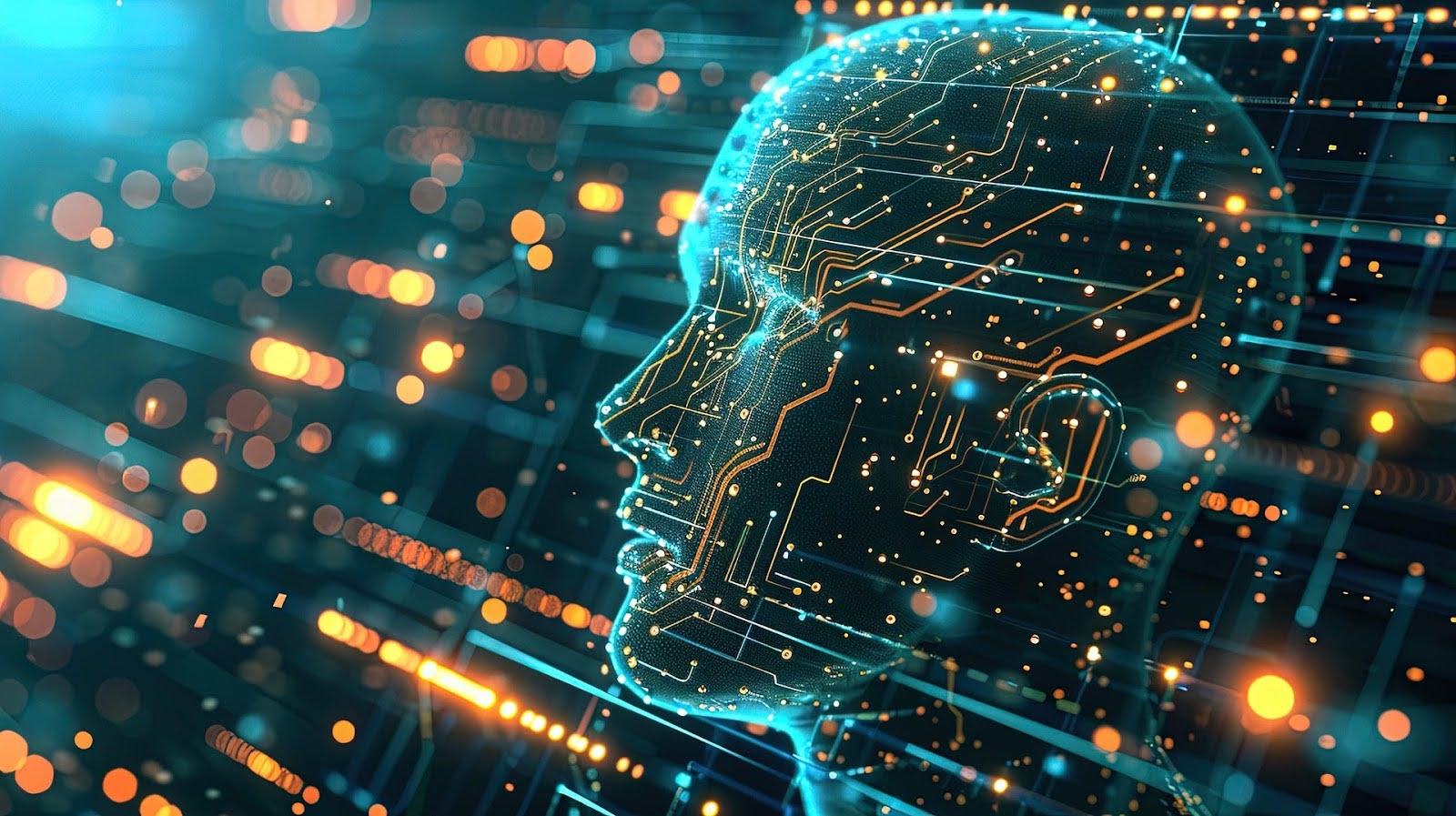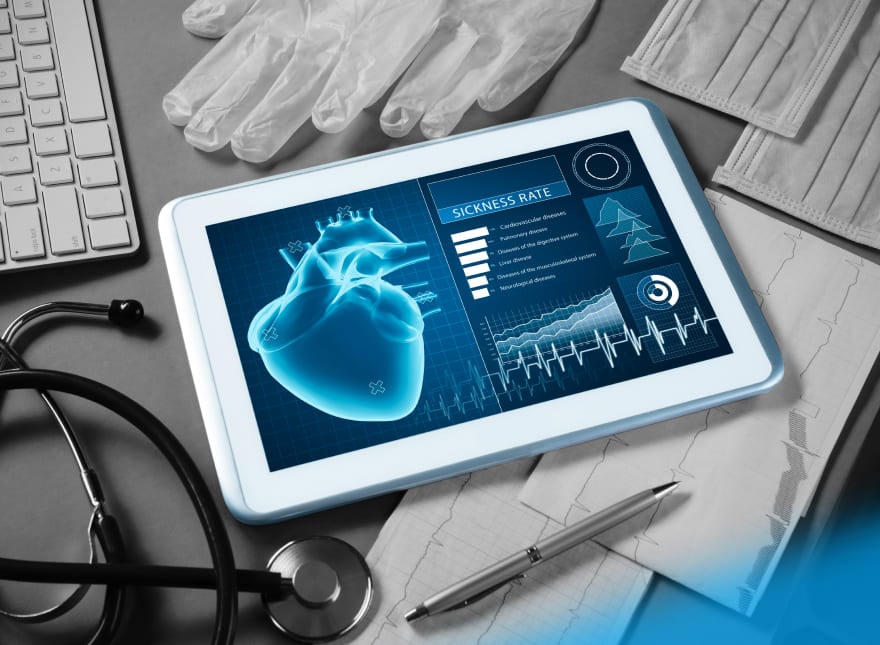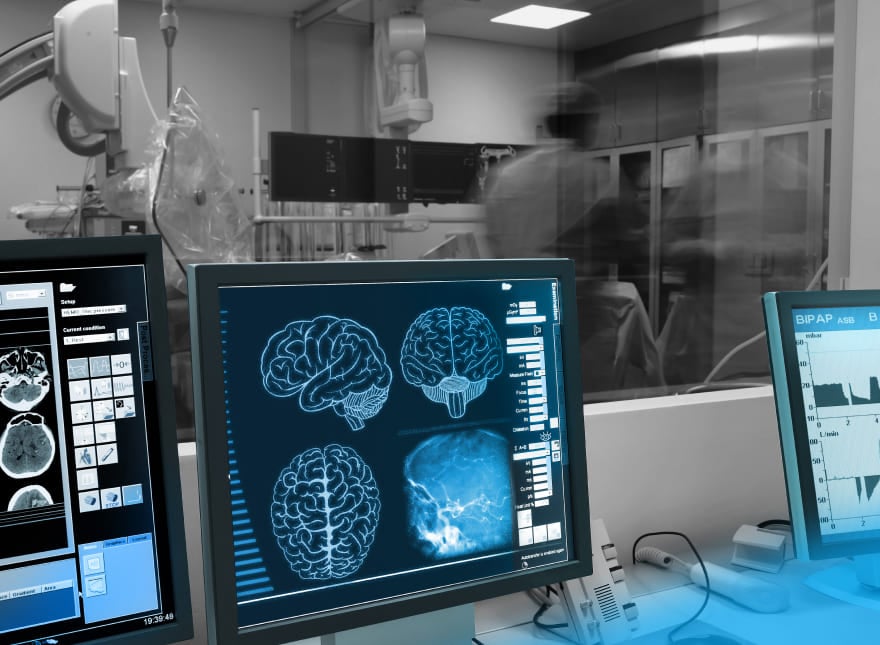Check out our latest blog article: From component to enterprise – modular robotics done right.
Implementing AI in Cardiology: How Healthcare Professionals Balance Hope with Reliability
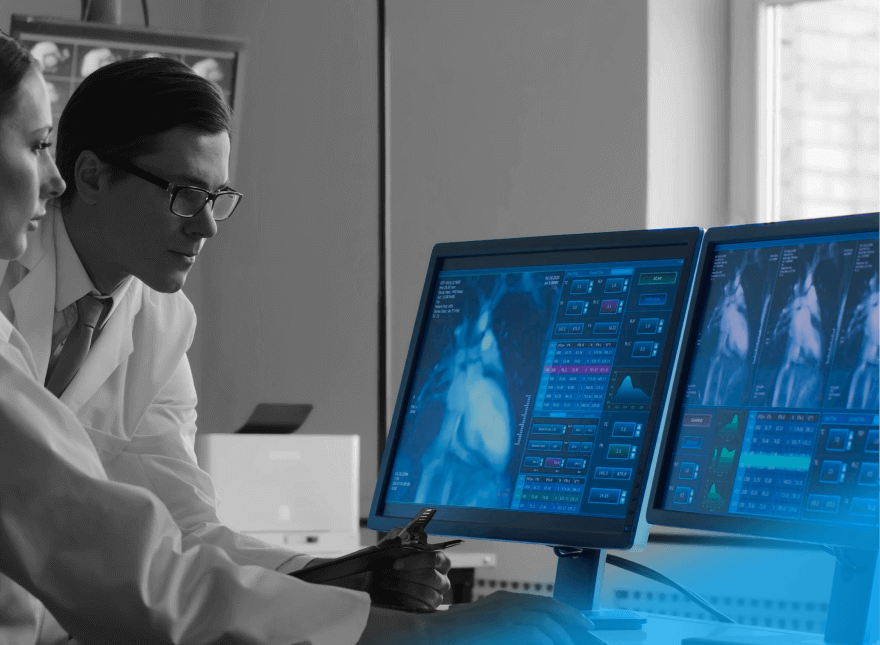
We’re in a kind of “hope and fear” situation with AI and cardiology. On the one hand, AI could make personalized cardio treatment a reality. But on the other, many healthcare professionals are unsure whether AI is up to the task yet.
Fortunately, there are encouraging signs that AI technology is maturing in this field. As of January 2023, the FDA had granted clearance to 58 AI algorithms in cardiology. This makes cardiology a trailblazer in healthcare, leading the way in AI adoption.
Let’s take a look at the cardiology models that use AI algorithms. We’ll also explore how healthcare providers are overcoming various different issues to adopt AI.
Navigating Different Types of Artificial Intelligence in Cardiology Applications
As of January 2023, the FDA had cleared 58 AI algorithms in cardiology. Cardiology stands out as the healthcare field leading the charge in terms of AI adoption.
These algorithms help create AI models in cardiology departments. Some of these models, each with unique strengths and applications, are excelling:
- Convolutional neural networks (CNNs)
- Recurrent neural networks (RNNs)
- Explainable AI (XAI)
Let’s explore these promising AI models for cardiology.
Convolutional Neural Networks (CNNs)
A convolutional neural network (CNN) gets its name from its primary feature: the “convolutional layer.” The convolutional layer is vital for detecting visual patterns. It applies filters or kernels to visual data, and then filters help identify patterns and features in images, such as edges, corners, and texture.
In cardiology, CNNs handle medical images like X-rays, magnetic resonance imaging scans (MRIs), and computerized tomography (CT) scans. They’re great at spotting heart issues in these images. CNNs also break down heart structures and find abnormalities in angiograms.
Recurrent Neural Networks (RNNs)
RNNs deal with data that comes in a sequence and changes over time. They capture temporal dependencies in data and detect changes.
In cardiology, RNNs check heart details over time. For example, they monitor electrocardiograms (ECGs), spot heart rate changes, and identify arrhythmias. This helps RNNs predict patient outcomes and foresee cardiac problems.
Explainable AI (XAI)
A common problem with AI in cardiology is the so-called “black box” concept. Algorithms produce outputs in a way that remains unclear to clinicians. This lack of clarity and explanation makes clinicians doubt the results. They don’t understand how AI reaches its conclusions.
Explainable AI (XAI) is so called because it’s all about making AI understandable. Its main feature is making AI’s decisions clear so that humans can place more trust in it. In other words, XAI reveals how AI reaches its conclusions. For example, it can highlight the critical factors that shape its decisions. It can also present visual depictions or plain-language explanations of how it arrives at a specific result. This adds transparency and boosts reliability.
In cardiology, XAI can clarify why AI suggests specific diagnoses or treatments. This builds trust with doctors and patients because it shows that AI’s insights are clinically relevant.
Now, let’s explore success stories from healthcare providers that show how AI can be successfully integrated with cardiology.
Use Case 1: AI for ECG Interpretation
For years, the ECG has been a vital tool in cardiology. But, traditionally, its interpretation relies on human experts. For instance, an experienced cardiologist can quickly assess an ECG and detect a potential heart attack. In contrast, a less experienced colleague might overlook critical indicators and fail to diagnose a cardiac issue. This leads to disparities in cardiac care.
AI for ECG reading is a great support tool for cardiologists as it uncovers vital signs of heart conditions and detects commonly missed patterns. This helps cardiologists provide top-notch cardiac care.
Real-Life Example
Doctors at Taipei Veterans General Hospital in Taiwan aimed to use AI to detect high blood pressure in lung arteries—ePAP. This condition can be life-threatening if not diagnosed early.
Typically, ECG is used for ePAP detection due to its speed and cost-effectiveness. But conventional ECG methods only manage to detect ePAP in 34–55% of cases on average. With such unreliable tools, doctors risk missing critical cardiac issues.
To improve ECG accuracy, Taiwanese experts created an AI model. It identifies ePAP using regular ECGs and predicts the patient’s future risk for cardiovascular mortality. The researchers have trained the model with data from more than 41,000 Taiwanese patients. But they’ve been particularly careful with this data, taking the following steps:
- Focusing on a target group. The solution is designed with Taiwanese patients in mind. It takes their unique characteristics into account. During the development of the AI model, the researchers carefully selected patient databases. They used only those that aligned with the focus group’s specific traits. As a result, the solution excels at detecting ePAP within this particular group. However, when tested on Japanese patients, the results were less accurate.
- Not overfitting. Overfitting occurs when an AI model is trained on extremely specific and detailed datasets. The model becomes specialized in a particular scenario. This might seem great at first, but in practice, it can fail to detect ePAP in cases that are even slightly different from its highly detailed training data. To prevent this, the researchers were careful not to reuse the same data.
As a result, the AI model correctly identified patients with ePAP in 81% of cases, which is 1.5–2.5 times higher than conventional ECGs. The model’s performance was consistent across age and sex.
Benefits
- More reliable diagnoses. AI provides ECG interpretations with the high accuracy typical of high-profile clinicians.
- Improving early detection and diagnosis. AI detects patterns in ECG data that may go unnoticed by human observers. As a result, it helps identify even subtle anomalies.
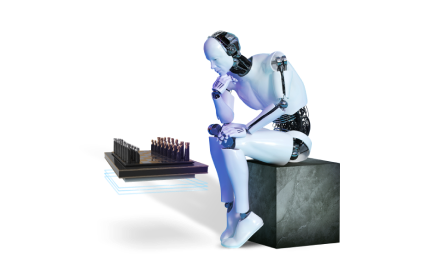
Use Case 2: AI in Cardiac Imaging
Cardiac imaging plays a vital role in cardiology. It offers a detailed picture of heart health. To get this picture, cardiologists use various methods. The most popular are echocardiography, nuclear imaging, CT scans, and cardiac magnetic resonance (CMR) imaging.
But there are a few problems. First, they generate so much data that it’s too hard for a human to handle. Second, these images can be low quality and hard to read both for human practitioners and technological solutions. This makes the heart image less detailed and accurate.
AI introduces a promising solution to these challenges. The model can handle as much data as you put into it. It also learns patterns from a large number of images—a capability that enables the AI model to identify similarities even when data is missing or of low quality.
Real-Life Example
A team of researchers from the UK has been working on methods to ensure data quality in CMR imaging. Despite being a common tool for heart assessments, imaging quality can be insufficient for use in clinical settings.
To address the issue, the researchers developed an AI-driven pipeline. The pipeline verifies the quality of the input and output CMR data by comparing it with the datasets it has been trained on. It includes two quality control (QC) phases:
- Pre-analysis image QC phase. This phase checks the quality of input images. For example, it detects any movement issues and mistakes in how the heart images are planned. This helps ensure the data used for analysis is of good quality.
- Post-analysis QC phase. At this phase, the pipeline analyzes the output result and its quality. It checks if the images are correctly oriented, assesses how well the segmentation covers the heart, and ensures the output measurements are accurate. This step helps guarantee the reliability of the results.
The researchers tested the pipeline’s performance with real-life patients. For this, they applied the QC measures to healthy individuals and patients with heart conditions. The system proved reliable in both scenarios.
Benefits
- Early detection and monitoring of cardiac diseases. AI is a valuable tool for working with cardiac images of different quality.
- Process automation. AI algorithms speed up and improve cardiac imaging interpretation. This way, AI saves time and generates results faster.
Use Case 3: Cardiovascular Disease Detection Using Machine Learning
Cardiology demands quick decisions to save lives. To make these decisions, healthcare providers need real-time patient data. But there’s good news and bad news. While there are medical devices that can provide this data, the amount is overwhelming. Humans are overloaded with data and can easily miss crucial details.
This is where ML algorithms step in to help. They extract and decipher patterns hidden within large datasets. What’s more, they uncover connections that might elude human experts. The payoff? More precise diagnoses, better predictions, and enhanced patient care.
Real-Life Example
Belgium’s OLV Hospital faced a challenge with atrial fibrillation (AF). This is a common heart condition often linked to obesity and hypertension. The hospital used ablation to treat it, but heart rhythm irregularities made it difficult to assess how the treatment was progressing during the procedure.
To tackle this, the hospital turned to ML technology. It detects signs of AF even with erratic heart rhythms.
For a smooth transition, they chose a multi-part solution from medical company CathVision. The solution is based on the signal complexity ML algorithm. It also features other elements from CathVision’s CARDIALYTICS™ suite. These parts work together seamlessly.
Here’s how the solution operates:
- The signal complexity algorithm gathers information from a device called the ECGenius System™, also made by CathVision.
- The algorithm analyzes data using ML, recognizing patterns in the electrical signals even if data appears irregular or noisy.
- As new data is recorded by the ECGenius System™, the algorithm continuously evaluates it. This enables physicians to monitor the heart’s condition in real time.
The solution enables healthcare providers to make better decisions during AF ablation. Now, they can assess the procedure’s progress and correct it.
Benefits
- Real-time monitoring. ML extracts and interprets patterns from a data flow in real time. This helps healthcare providers react immediately in an emergency.
- Continuous learning. ML models can adapt and learn from new data over time. This enables them to deal with evolving cardiac conditions and make adjustments during a procedure.
Bottom Line
In the healthcare field, cardiology is leading the way in adopting AI. Advances in neural networks and XAI are making AI more attractive to skeptics in cardiology. Increased adoption means that these innovations are improving ECG analysis and cardiac imaging.
If you’re eager to explore AI in cardiology, Softeq offers technical support for your journey.
More articles on the topic

